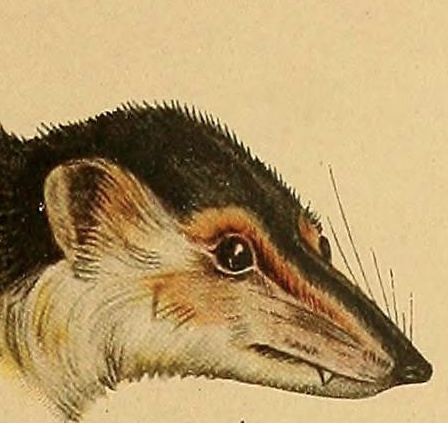New Scientist
Image: BioDivLibrary
To anyone who has watched a wildlife documentary or gone on safari, it’s only too obvious how the powerful claws and jaws of today’s big cats can combine to devastating effect. Until about 11,000 years ago, though, a different kind of feline prowled the Earth – one with the kind of overbite that no amount of orthodontic work could fix. Our ancestors were probably familiar with the strategy sabre-toothed cats like Smilodon used to put their impressive canines to work, but for evolutionary biologists the giant teeth have always been something of a mystery: no living predator has anything quite like them.
Almost no living predator, that is. There are suggestions that the clouded leopard may show a primitive form of sabre-toothedness – although there is some debate over whether or not its teeth are large enough relative to its skull for it to qualify as a true sabre-toothed cat. But in any case, the leopard is so rare and poorly studied that its hunting behaviour is almost as much of a mystery as that of the extinct cats.
Then there’s the South American short-tailed opossum. This animal is clearly not a cat. In fact, as a marsupial, a class of mammals that keep their young in a pouch, it’s a very long way from the cat family in evolutionary terms. But could the 10-centimetre-long creature be the best living equivalent of sabre-toothed cats? Read more on newscientist.com…








